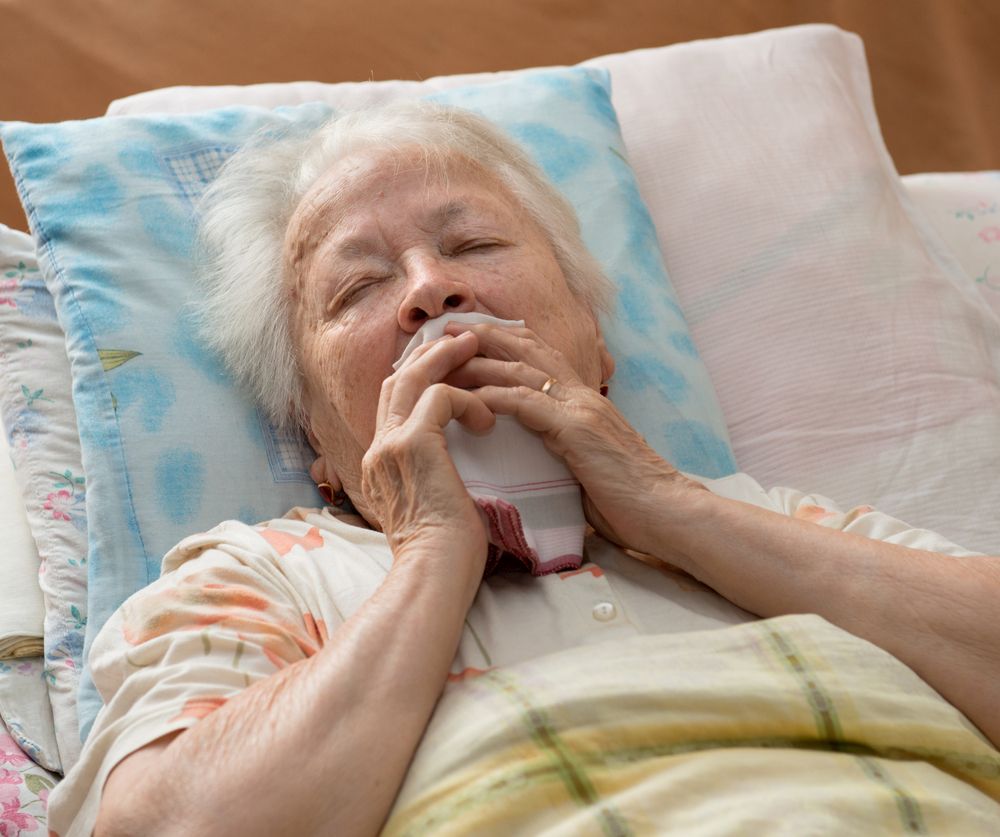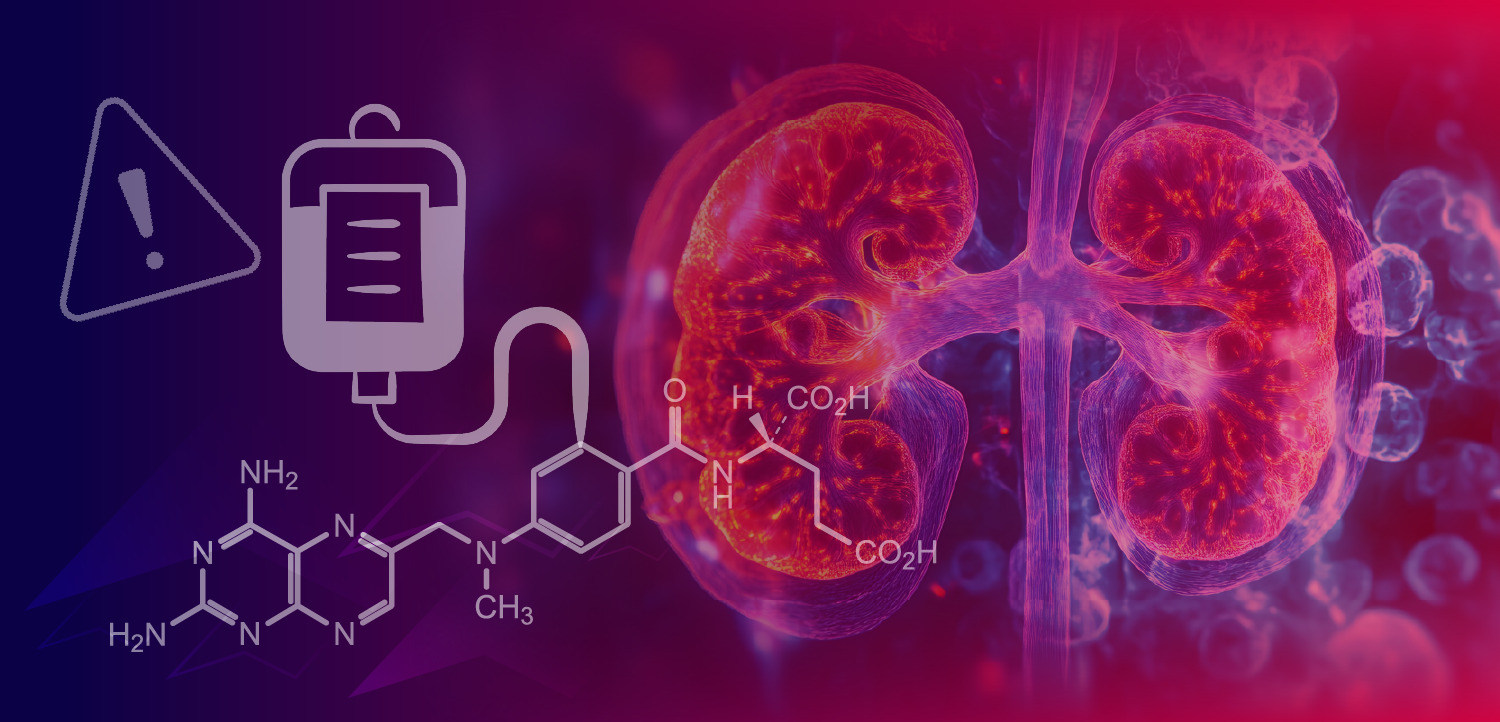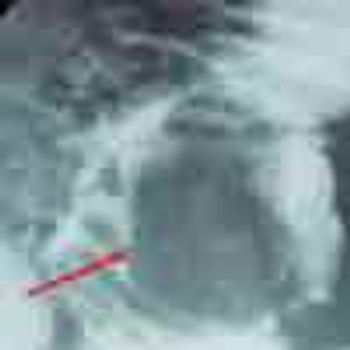
abstract: Hemoptysis has many causes, including bronchiectasis, lung cancer, and bronchitis. The initial goals of the history and physical examination are to differentiate hemoptysis from epistaxis and hematemesis and then to establish its severity. A variety of signs and symptoms may suggest the underlying cause. For example, hematuria suggests vasculitis or an immunologically mediated disease, such as Wegener granulomatosis or systemic lupus erythematosus. The workup includes chest radiography and measurement of hemoglobin and hematocrit levels, platelet count, international normalized ratio, activated partial thromboplastin time, and creatinine level. Chest CT scanning often identifies sources of bleeding that are not apparent on radiographs and sometimes can be used in conjunction with bronchoscopy. Patients with massive hemoptysis should be hospitalized for rapid evaluation and intervention; treatment may include interventional bronchoscopy, angiography, or embolization. (J Respir Dis. 2007;28(4):139-148)



























































































































































































































































































